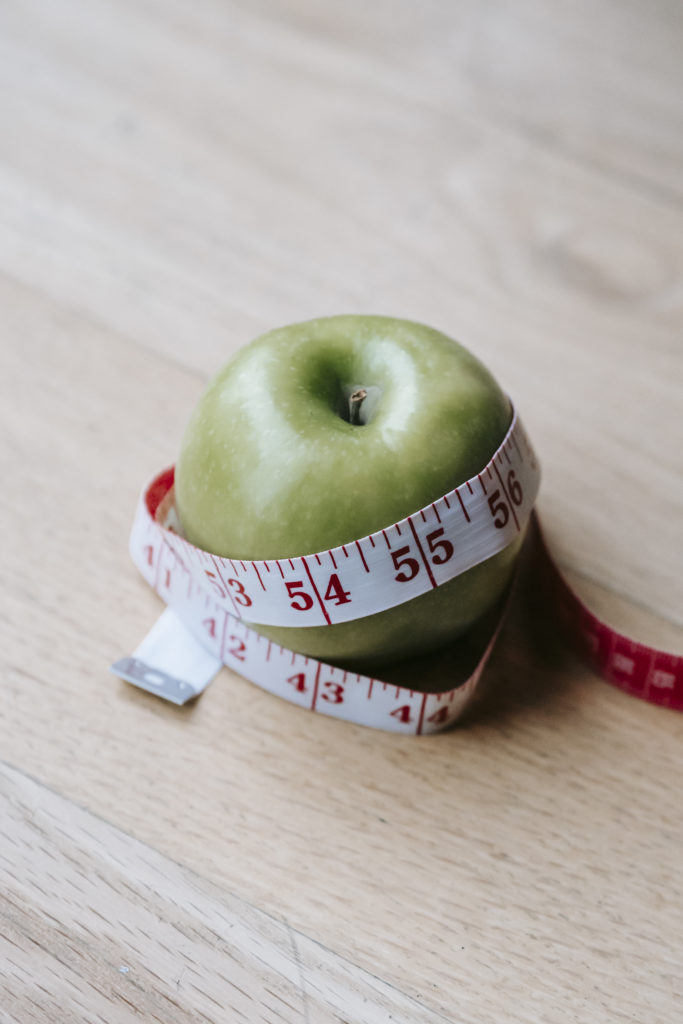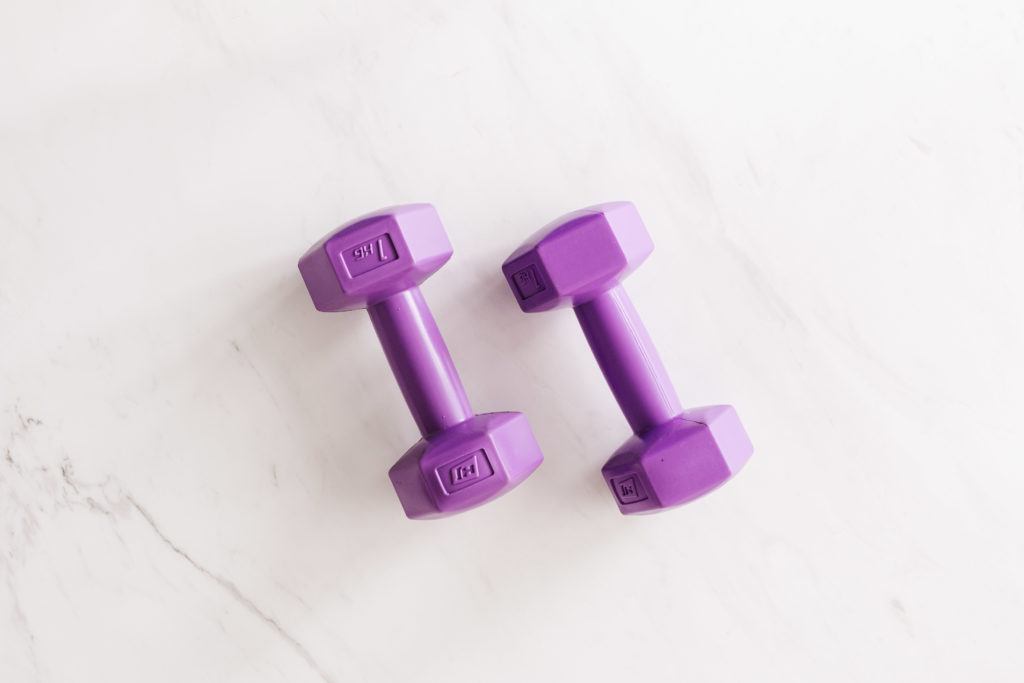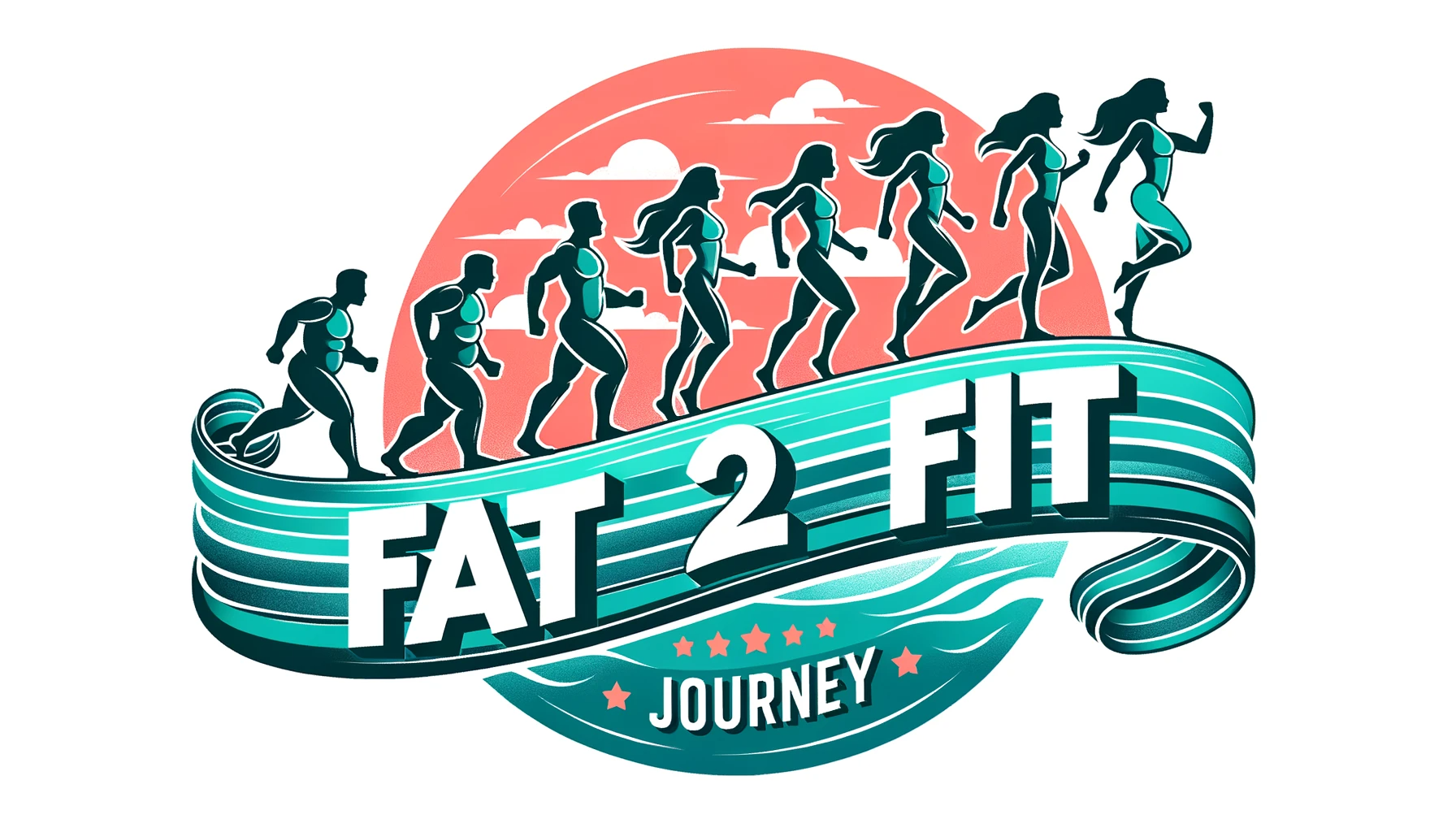Table of Contents
A Weight Loss Plan
Imagine a weight loss plan that actually works and helps you shed those unwanted pounds. Well, look no further because we have just the solution for you. In this article, we will explore a comprehensive and effective weight loss plan that can guide you towards your goal of losing weight. From healthy eating habits to incorporating exercise into your routine, this plan will provide you with the tools and strategies you need to achieve success in your weight loss journey. So, get ready to embark on a transformative experience that will leave you feeling healthier, happier, and lighter!

1. Set Your Weight Loss Goals
1.1 Determine Your Current Weight
To start your weight loss journey, it’s important to have a clear understanding of your current weight. Step on a scale and record your weight accurately. This will serve as your starting point and enable you to track your progress effectively.
1.2 Define Your Target Weight
Next, you need to set a target weight that you want to achieve. Take into consideration factors such as your height, body type, and overall health before determining a realistic target weight. It’s important to set a goal that is achievable and safe for your individual circumstances.
1.3 Set a Realistic Timeline
While it’s natural to want to achieve your weight loss goals as quickly as possible, it’s essential to set a realistic timeline. Remember, sustainable weight loss is gradual and requires time. Aim for a steady and healthy weight loss of 1-2 pounds per week. This approach ensures that you’re making sustainable changes to your lifestyle and allows your body to adjust gradually.
2. Calculate Your Calorie Needs
2.1 Understand Your Basal Metabolic Rate (BMR)
Your Basal Metabolic Rate (BMR) is the number of calories your body needs to function at rest. It represents the energy required for essential bodily functions such as breathing, digestion, and circulation. Several online calculators can help you estimate your BMR based on your age, gender, weight, and height.
2.2 Factor in Your Physical Activity Level
In addition to your BMR, you need to consider your physical activity level to determine the total number of calories you should consume daily for weight loss. If you have a sedentary lifestyle, multiply your BMR by 1.2. For light activity, multiply by 1.375. For moderate activity, multiply by 1.55. For intense activity, multiply by 1.725. This will give you an estimate of how many calories you burn each day.
2.3 Determine Your Daily Calorie Intake
To create a calorie deficit and lose weight, you need to consume fewer calories than you burn. Subtract 500-1000 calories from your daily calorie expenditure to achieve a healthy weight loss of 1-2 pounds per week. Be cautious not to reduce your calorie intake too drastically, as this can negatively impact your energy levels and overall well-being.
3. Plan a Balanced Diet
3.1 Focus on Whole Foods
When planning your diet, prioritize whole, unprocessed foods. These foods are nutrient-dense, meaning they provide essential vitamins, minerals, and fiber without excessive calories. Include a variety of fruits, vegetables, lean proteins, whole grains, and healthy fats in your meals. Avoid or minimize consumption of processed foods, sugary snacks, and sugary beverages which are high in calories and lacking in nutrients.
3.2 Control Portion Sizes
Portion control is crucial when it comes to weight loss. Even healthy foods can contribute to weight gain if consumed in excessive amounts. Use measuring cups or a food scale to get an accurate idea of portion sizes. Be mindful of your hunger and fullness cues and stop eating when you feel satisfied, rather than overly full.
3.3 Include Macronutrients in Each Meal
To maintain a balanced diet, include the three macronutrients in each meal: carbohydrates, proteins, and fats. Carbohydrates provide energy, proteins aid in muscle repair and growth, and fats support vital bodily functions. Opt for complex carbohydrates like whole grains, lean proteins such as chicken or tofu, and healthy fats like avocados or nuts.
3.4 Incorporate Fiber-Rich Foods
Fiber-rich foods are essential for weight loss as they promote feelings of fullness, regulate blood sugar levels, and aid digestion. Include fruits, vegetables, whole grains, legumes, and nuts in your diet as they are excellent sources of dietary fiber. These foods not only support weight loss but also improve overall gut health and reduce the risk of chronic diseases.
3.5 Drink Plenty of Water
Staying hydrated is crucial for weight loss and overall well-being. Water helps suppress appetite, boosts metabolism, aids digestion, and flushes out toxins from your body. Aim to drink at least eight glasses of water per day and replace sugary beverages with water whenever possible. Carry a reusable water bottle with you to remind yourself to stay hydrated throughout the day.
4. Create a Meal Plan and Track Your Food Intake
4.1 Prepare a Weekly Meal Plan
Creating a weekly meal plan can help you stay on track with your weight loss goals. Plan your meals in advance, considering your calorie needs and nutritional requirements. Include a variety of foods from different food groups, and don’t forget to incorporate your favorite healthy recipes. Having a meal plan not only helps you make healthier food choices but also saves time and reduces the chances of making impulsive, unhealthy food decisions.
4.2 Use a Food Diary or Tracking App
Keeping a food diary or using a tracking app can significantly help you monitor your food intake and stay accountable. Record everything you eat and drink, including portion sizes and specific ingredients. This practice not only raises awareness about your eating habits but also allows you to identify any patterns or triggers that may hinder your weight loss progress. Plus, it can be a valuable tool to reflect on your progress and make necessary adjustments to your diet.

5. Engage in Regular Physical Activity
5.1 Choose Activities You Enjoy
Physical activity is a vital component of any weight loss plan. Find activities that you genuinely enjoy to make exercise a sustainable part of your lifestyle. Whether it’s dancing, swimming, hiking, or playing a sport, incorporating activities you love increases the likelihood of sticking with them long-term.
5.2 Include Both Cardiovascular and Strength Training
A well-rounded exercise routine combines both cardiovascular exercises and strength training. Cardiovascular activities like running, cycling, or dancing raise your heart rate, burn calories, and improve cardiovascular health. Strength training exercises like weightlifting or bodyweight exercises help build muscle, boost metabolism, and increase overall strength.
5.3 Aim for at Least 150 Minutes of Moderate Activity per Week
To reap the benefits of exercise, aim for at least 150 minutes of moderate-intensity aerobic activity per week. This can be achieved by breaking it down into 30-minute sessions on most days of the week. Moderate-intensity activities include brisk walking, cycling, or doing household chores that raise your heart rate and make you break a sweat.
5.4 Incorporate Resistance Training to Build Muscle
In addition to cardiovascular exercises, include resistance training at least twice a week to build muscle mass. Engaging in resistance exercises using free weights, resistance bands, or weight machines helps boost metabolism, improve body composition, and increase overall strength. Remember, more muscle mass leads to a higher calorie burn, even at rest.
6. Practice Portion Control and Mindful Eating
6.1 Use Smaller Plates and Bowls
Using smaller plates and bowls can help control portion sizes and prevent overeating. The optical illusion of a full plate can trick your brain into feeling satisfied with less food. By reducing your plate size, you naturally reduce the amount of food you consume, making it easier to maintain a calorie deficit while still feeling satisfied.
6.2 Slow Down and Chew Thoroughly
Eating slowly and chewing your food thoroughly allows your brain to register feelings of fullness and satisfaction more accurately. Practice mindful eating by savoring each bite, paying attention to flavors, textures, and how your body responds to the food. Eating mindfully can prevent overeating and help you enjoy your meals more fully.
6.3 Avoid Distractions While Eating
Eating in front of the television, while scrolling through your phone, or working on your computer can lead to mindless eating. These distractions can cause you to eat more than necessary as your attention is not fully focused on your food. Instead, make it a habit to eat at a designated eating area without any distractions. This allows you to truly savor your meals and be more in tune with your body’s hunger and fullness cues.
6.4 Listen to Your Body’s Hunger and Fullness Cues
Paying attention to your body’s hunger and fullness cues is vital for weight loss. Eat when you feel hungry and stop when you’re comfortably full. Resist the urge to finish everything on your plate if you’re already satisfied. Remember that it takes time for your brain to register fullness, so it’s important to eat slowly and give yourself a chance to recognize when you’ve had enough.

7. Get Enough Quality Sleep
7.1 Understand the Importance of Sleep for Weight Loss
Sleep is often overlooked but is crucial for weight loss success. Lack of sleep can disrupt hunger hormones, increase cravings, and lead to overeating. Aim for 7-9 hours of quality sleep each night to optimize weight loss efforts. Quality sleep not only supports weight loss but also enhances overall health and well-being.
7.2 Establish a Consistent Sleep Schedule
Creating a consistent sleep schedule is essential in regulating your body’s internal clock, known as the circadian rhythm. Go to bed and wake up around the same time each day, even on weekends. This consistency helps your body establish a healthy sleep-wake cycle, making it easier to fall asleep and wake up refreshed.
7.3 Create a Relaxing Bedtime Routine
Developing a relaxing bedtime routine can signal your body that it’s time to wind down and prepare for sleep. Engage in calming activities such as reading a book, taking a warm bath, or practicing relaxation techniques like deep breathing or meditation. Avoid stimulating activities and electronics close to bedtime, as they can interfere with your ability to fall asleep.
7.4 Make Your Bedroom Conducive to Sleep
Transform your bedroom into a sleep-friendly environment. Keep the room cool, dark, and quiet to promote optimal sleep. Invest in comfortable bedding, such as a supportive mattress and pillows, to ensure a restful night’s sleep. Minimize exposure to electronic devices and remove any sources of distraction that may disrupt your sleep.
8. Manage Stress and Emotional Eating
8.1 Identify Your Stress Triggers
Stress can often lead to emotional eating, derailing your weight loss efforts. Identify the sources of stress in your life and determine how they impact your eating habits. Common stress triggers include work, relationships, finances, or personal obligations. By identifying these triggers, you can develop healthy coping mechanisms to manage stress effectively.
8.2 Find Healthy Coping Mechanisms
Instead of turning to food for comfort, find alternative healthy coping mechanisms to manage stress. Engage in activities that help reduce stress levels, such as practicing yoga or meditation, journaling, spending time in nature, or enjoying a hobby. These activities can provide a sense of relaxation, improve mood, and distract you from emotional eating temptations.
8.3 Seek Support from Friends or Professionals
Remember that you don’t have to face your weight loss journey alone. Seek support from friends, family, or a professional who can provide guidance and accountability. Join a support group or find a workout buddy who shares your weight loss goals. Having a support system can make a significant difference in staying motivated and overcoming obstacles along the way.
9. Monitor Your Progress and Adjust as Needed
9.1 Regularly Weigh Yourself
Monitoring your progress is crucial to stay on track and make necessary adjustments to your weight loss plan. Weigh yourself regularly, but not obsessively, to keep yourself accountable. Choose a specific day and time each week to weigh yourself and record your progress. Remember that weight fluctuations are normal, so focus on the overall trend rather than daily fluctuations.
9.2 Track Body Measurements
In addition to weighing yourself, tracking body measurements can provide a more comprehensive view of your progress. Measure your waist, hips, chest, and other areas of interest. Sometimes, the scale may not reflect changes in body composition accurately. Taking measurements enables you to observe changes in inches lost or gained, even if the scale doesn’t show significant changes.
9.3 Assess and Modify Your Plan Based on Results
Regularly assess your progress and evaluate whether your current weight loss plan is working effectively for you. If you’re not seeing the desired results, consider modifying your approach. This could involve adjusting your calorie intake, reevaluating your exercise routine, or seeking guidance from a healthcare professional or registered dietitian. Remember, everyone’s weight loss journey is unique, so it’s essential to find what works best for you.
10. Stay Motivated and Stay Consistent
10.1 Find Your Motivation
Stay motivated throughout your weight loss journey by identifying your personal reasons for wanting to lose weight. Whether it’s improving your health, increasing self-confidence, or setting a positive example for your loved ones, finding your motivation will help you stay focused and committed.
10.2 Celebrate Your Achievements
Take the time to celebrate your achievements, no matter how small they may seem. Recognize your progress and reward yourself for reaching milestones along the way. Treat yourself to non-food-related rewards such as a new workout outfit, a relaxing spa day, or a day off from chores. Celebrating your achievements boosts your motivation and encourages you to continue working towards your weight loss goals.
10.3 Stay Positive and Patient
Weight loss takes time, effort, and consistency. Stay positive and patient throughout your journey, even during moments when progress seems slow or when setbacks occur. Remember that small setbacks are a part of the process, and the key is to stay committed. Embrace a positive mindset and focus on the long-term benefits of leading a healthy lifestyle rather than short-term results.
10.4 Focus on Long-Term Lifestyle Changes
Lastly, remember that lasting weight loss is not about quick fixes or fad diets. Instead, focus on making sustainable lifestyle changes that promote a healthy relationship with food and physical activity. Embrace a balanced diet, regular exercise, and a positive mindset as part of your daily routine. By prioritizing long-term lifestyle changes, you’re setting yourself up for overall well-being and sustainable weight loss in the years to come.
By following these comprehensive steps, you can create a weight loss plan that suits your individual needs and goals. Remember, consistency, patience, and a positive attitude are key to achieving and maintaining your desired weight. Good luck on your weight loss journey!
